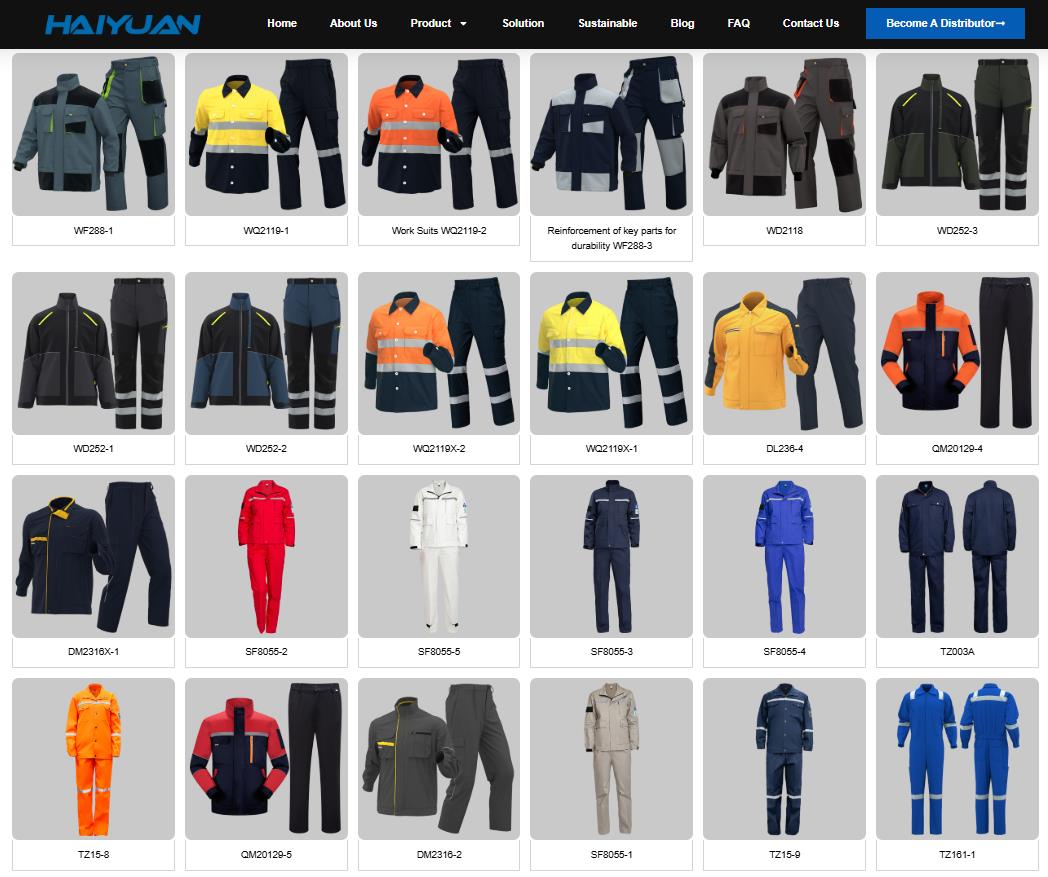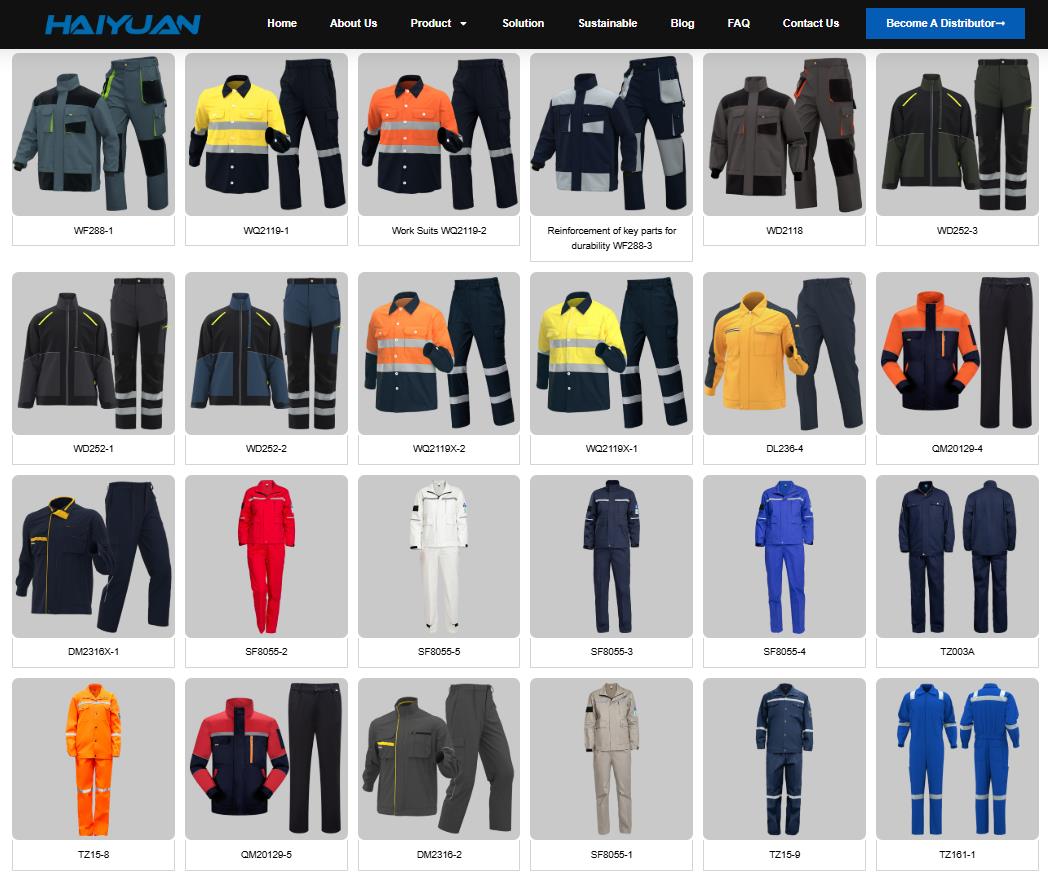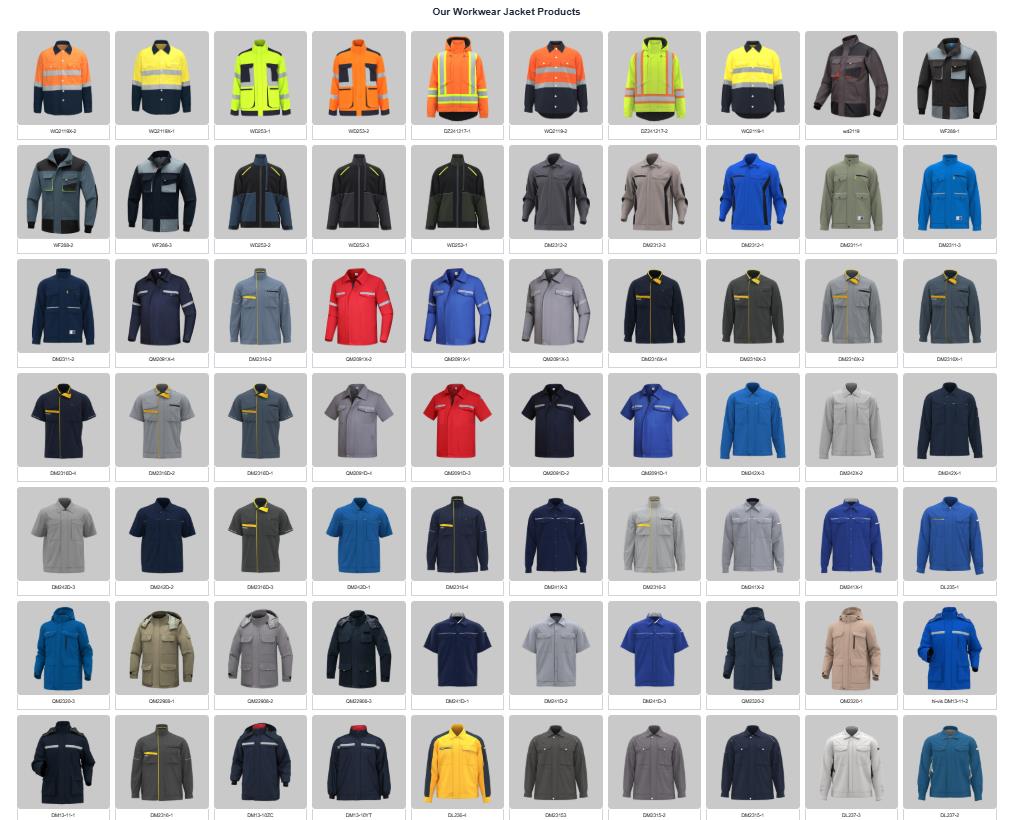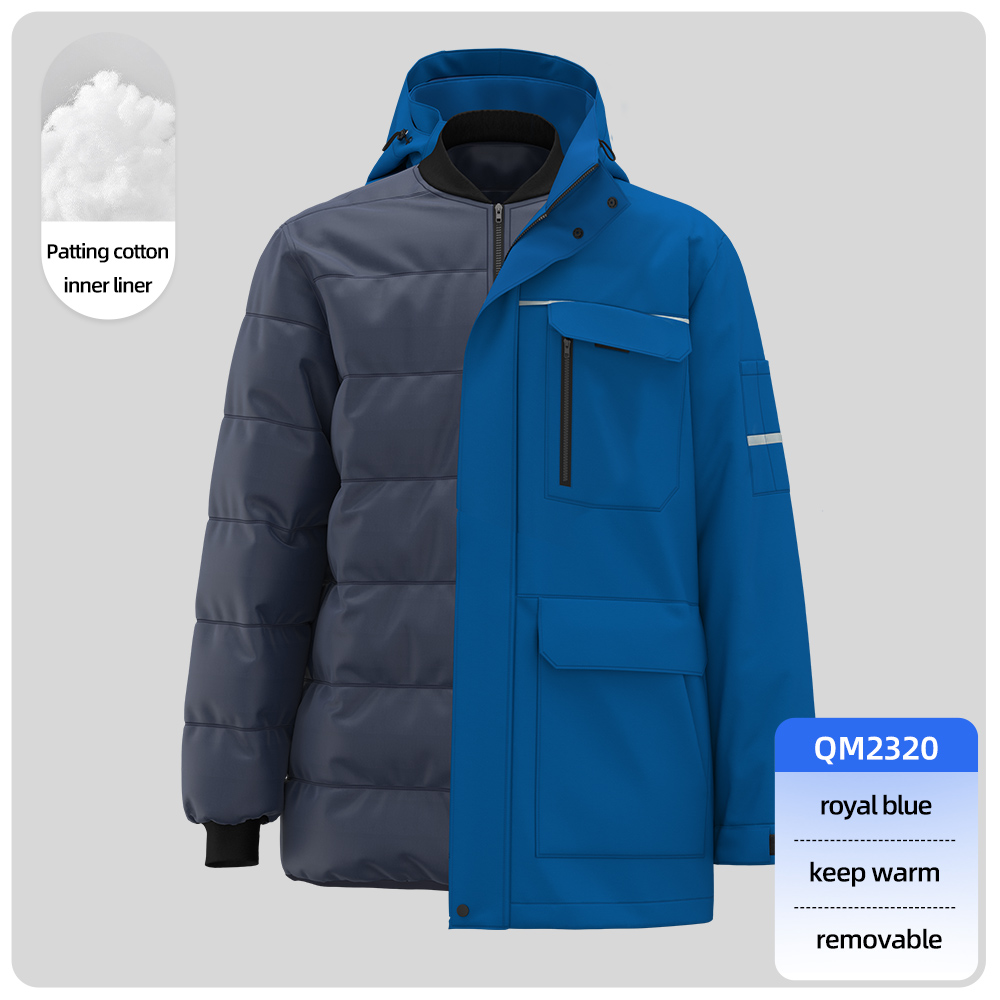That’s a common point of confusion! While both coveralls and overalls are one-piece garments, they serve different purposes and have distinct designs:
Here’s a breakdown of the key differences:
| Feature | Coveralls | Overalls |
|---|---|---|
| Primary Purpose | Full-body protection in hazardous environments | Casual wear or light-duty work |
| Coverage | Full sleeves and legs; entire body coverage | Bib front with shoulder straps; legs only |
| Design | Zipper/button front from neck to crotch; often has hood | Bib top with shoulder straps; typically sleeveless |
| Typical Use | Mechanics, painters, factory workers, hazardous material handlers | Farming, gardening, casual fashion, light crafts |
| Material | Heavy-duty fabrics (denim, canvas, flame-resistant synthetics) | Lighter fabrics (denim, cotton, corduroy) |
| Protection Level | High; designed for workplace hazards | Low to moderate; primarily for dirt and spills |
| Style | Functional and utilitarian | More fashionable; often worn as streetwear |
| Clothing Layer | Worn as outer protective layer | Worn over shirts or sweaters |
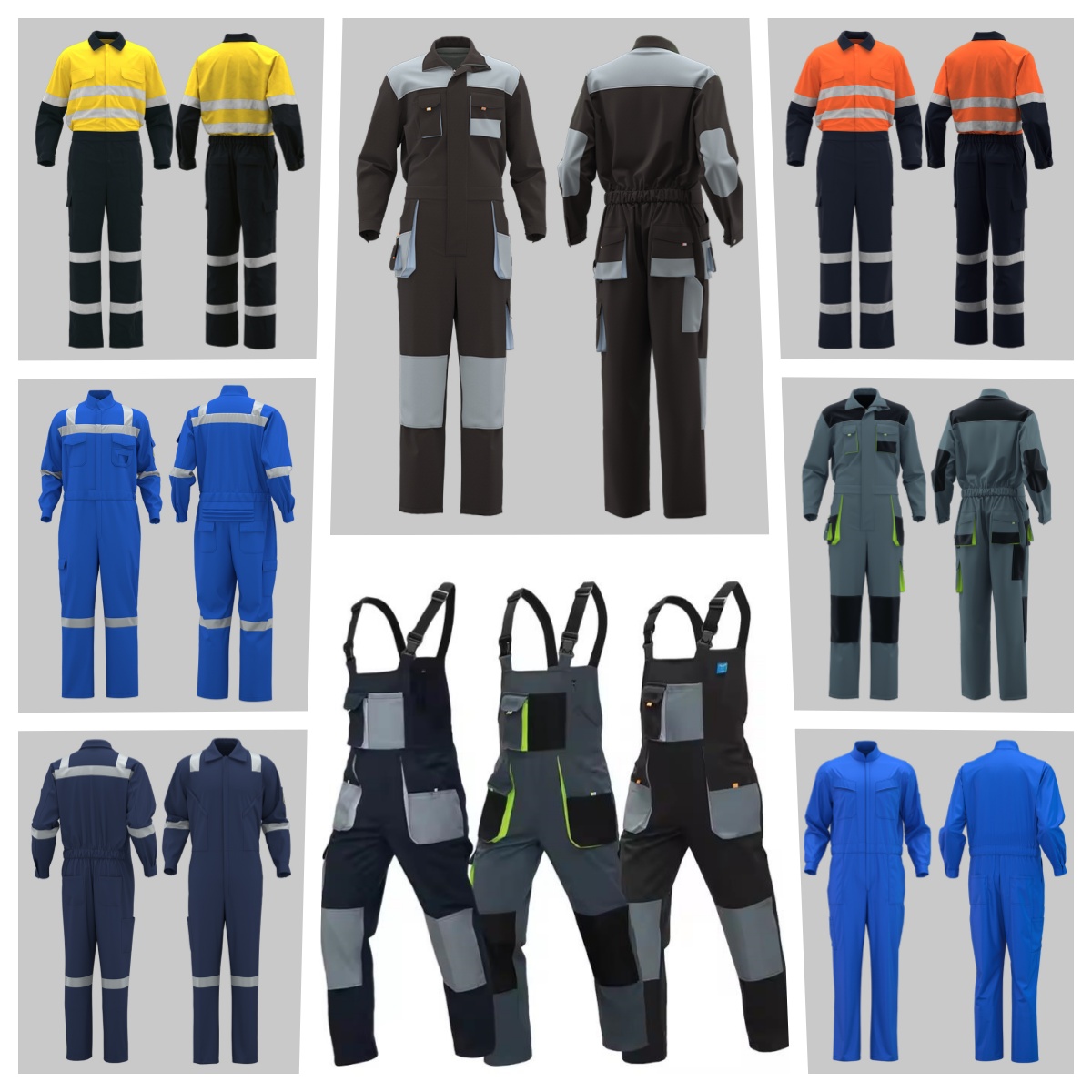
Coveralls (Boilersuit, Jumpsuit – Work Context):
-
Full Coverage: As the name suggests, they are designed to cover all your regular clothes. They have full sleeves and full legs.
-
Purpose: Primarily protective workwear. Their main job is to shield the wearer and their clothing from dirt, grime, chemicals, paint, sparks, fire, biohazards, etc., in demanding environments.
-
Design:
-
Zip or button front usually running from the neck down to the crotch or lower.
-
Often include a collar.
-
May have a hood attached.
-
Frequently feature numerous pockets (chest, leg, tool loops) designed for utility.
-
Made from durable, often specialized fabrics (heavy-duty cotton, denim, flame-resistant (FR) materials, Tyvek for disposables, waterproof materials).
-
-
Typical Users: Mechanics, factory workers, painters, construction workers, firefighters (specialized), hazardous material handlers, laboratory personnel, farmers doing messy jobs.
-
How Worn: Worn over regular clothes as a protective outer layer.
Overalls (Dungarees):
-
Bib and Brace Design: The defining feature is the bib front (a panel covering the chest and torso) held up by shoulder straps (braces).
-
Purpose: Originally workwear, now primarily casual wear or light-duty workwear. They offer some protection for the torso and legs but aren’t designed for high-hazard environments like coveralls.
-
Design:
-
No sleeves. They cover the legs and have a bib top.
-
Shoulder straps are usually adjustable (buckles or buttons).
-
The bib often has pockets.
-
Legs may have side pockets.
-
Traditionally made from lighter denim, cotton, or corduroy, though heavier work versions exist.
-
-
Typical Users: Historically farmers (still used), gardeners, artists, hobbyists; now very popular as fashion items worn by people of all ages.
-
How Worn: Worn over a shirt, t-shirt, or sweater. The bib covers the upper body clothing.
Key Differences Summarized:
-
Coverage: Coveralls have sleeves and cover the arms; Overalls do not have sleeves and rely on the bib to cover the torso over your shirt.
-
Primary Function: Coveralls = Protection (hazardous work). Overalls = Casual wear/Light Work (or fashion).
-
Structure: Coveralls are a full jumpsuit with sleeves. Overalls are pants with an attached bib and shoulder straps.
-
Formality: Coveralls are strictly utilitarian workwear. Overalls range from workwear to very casual fashion.
In short:
-
Think “full body shield” for messy/dangerous jobs = Coveralls.
-
Think “pants with a bib” for casual wear or light chores = Overalls.
While the terms are sometimes used loosely (especially regionally), understanding these core differences in design and purpose is key!
Further reading:

